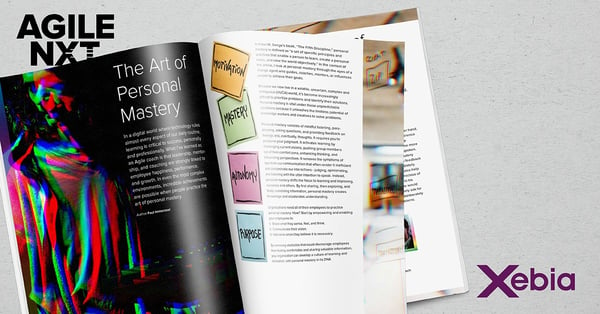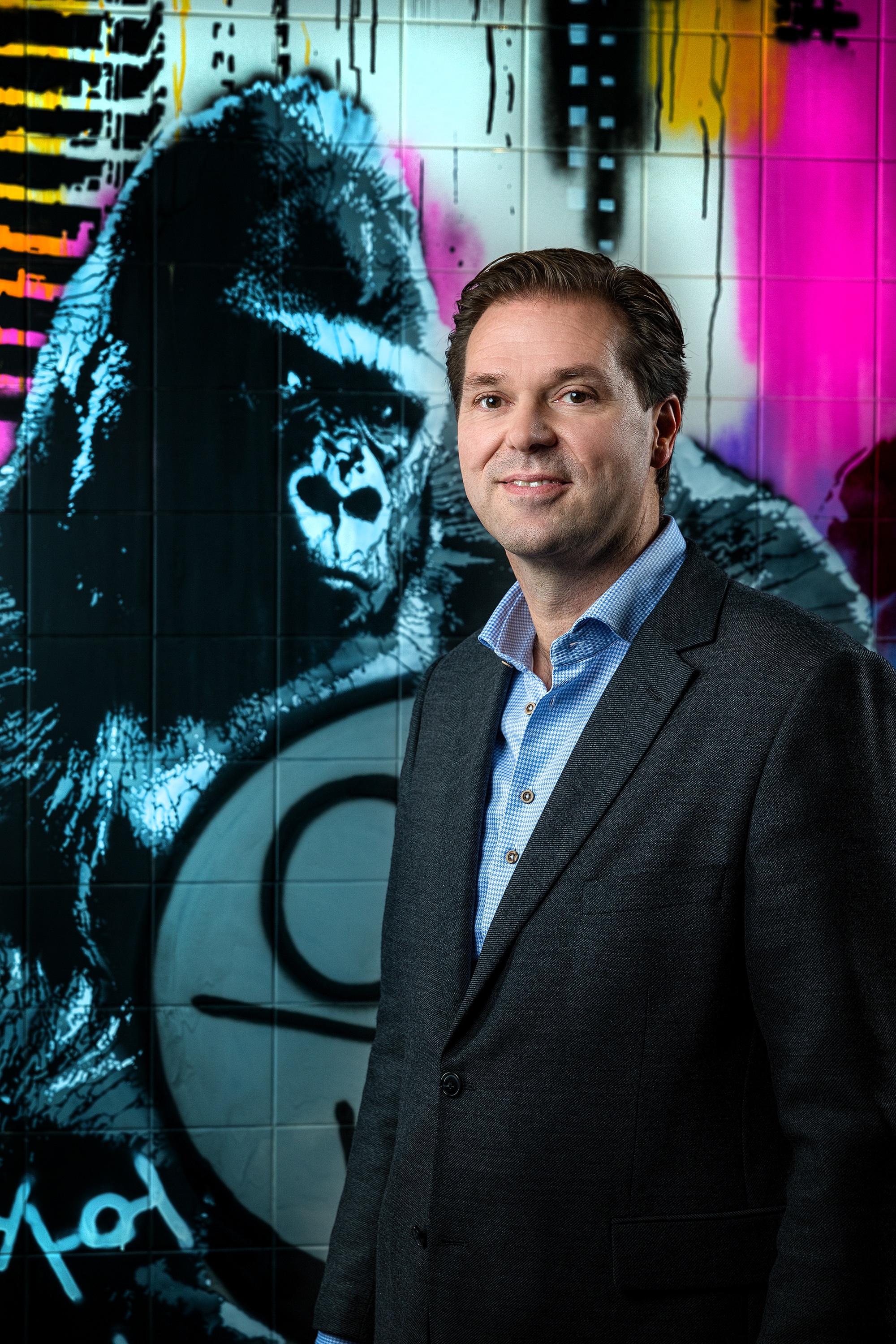In a digital world where technology rules almost every aspect of our daily routine, learning is critical to success, personally and professionally. What I’ve learned as an Agile coach is that leadership, mentorship, and coaching are strongly linked to employee happiness, performance, and growth. In even the most complex environments, incredible achievements are possible when people practice the art of personal mastery.
In Peter M. Senge’s book, “The Fifth Discipline,” personal mastery is defined as “a set of specific principles and practices that enable a person to learn, create a personal vision, and view the world objectively.” In the context of this article, I look at personal mastery through the eyes of a change agent who guides, coaches, mentors, or influences people to achieve their goals.
Because we now live in a volatile, uncertain, complex and ambiguous (VUCA) world, it’s become increasingly difficult to prioritize problems and identify their solutions. Personal mastery is vital under these unpredictable conditions because it unleashes the limitless potential of knowledge workers and creatives to solve problems.

Personal mastery consists of mindful listening, paraphrasing, asking questions, and providing feedback on feelings and, eventually, thoughts. It requires you to postpone your judgment. It activates learning by challenging current visions, pushing group members out of their comfort zone, enhancing thinking, and influencing perspectives. It removes the symptoms of ego from our communication that often render it inefficient and contaminate our interactions - judging, opinionating, and listening with the utter intention to speak. Instead, personal mastery shifts the focus to learning and improving, ourselves and others. By first sharing, then exploring, and finally combining information, personal mastery creates knowledge and accelerates understanding.
This article is published in  . Agile NXT is a new magazine full of inspiration for professionals on the emerging Agile journey. It challenges you to think differently and improve yourself, your team, and company a little more each day.
. Agile NXT is a new magazine full of inspiration for professionals on the emerging Agile journey. It challenges you to think differently and improve yourself, your team, and company a little more each day.
Organizations need all of their employees to practice personal mastery. How? Start by empowering and enabling your employees to:
- Share what they sense, feel, and think
- Communicate their vision
- Intervene when they believe it is necessary.
By removing obstacles that could discourage employees from feeling comfortable and sharing valuable information, your organization can develop a culture of learning and innovation, with personal mastery in its DNA.
An Example of Lacking Personal Mastery
Martin is a leader in an organization that’s going through an Agile transformation. He’d like to choose the right behavior for the situation, but the habitual behavior chooses Martin instead. He’s a passionate guy, committed to making things work. But passion also has its downside. In conversations and discussions, Martin unknowingly and unintentionally replies with the same catchphrase, over and over again: “But the question is…”
He then follows the catchphrase with his own opinion, which contradicts whatever the other speaker just said.
After hearing from others that they find Martin’s pattern quite disappointing, an Agile coach decides to immediately call attention to it when it happens during a group retrospective. Martin feels awkward and disappointed. He wonders why none of his colleagues spoke up before. He thought they’d all agreed to be “radically transparent.” Addressing this blind spot would have helped him.
However, Martin’s feelings surprise the others in the group. They emphasize that, in these recurring situations, they are the victims, not him.
I call this a “hostage situation of perceptions.” The group feels victimized by a communication pattern, that they perceive is intentional, that disqualifies their input. Martin unintentionally reinforces the group’s belief when his old habits unconsciously and repetitively kick in.
Personal mastery, on the other hand, would have made all the difference in this situation. It would help Martin and the group become more conscious, honest and outspoken. A person with personal mastery would provide Martin with feedback on his catchphrase immediately. Personal mastery would also help Martin become more conscious of the ineffective patterns in his communication style. He would intentionally and regularly ask for honest feedback and deliberately change his speech patterns.
Want to know more about leadership? Download  and start your personal change tomorrow.
and start your personal change tomorrow.






